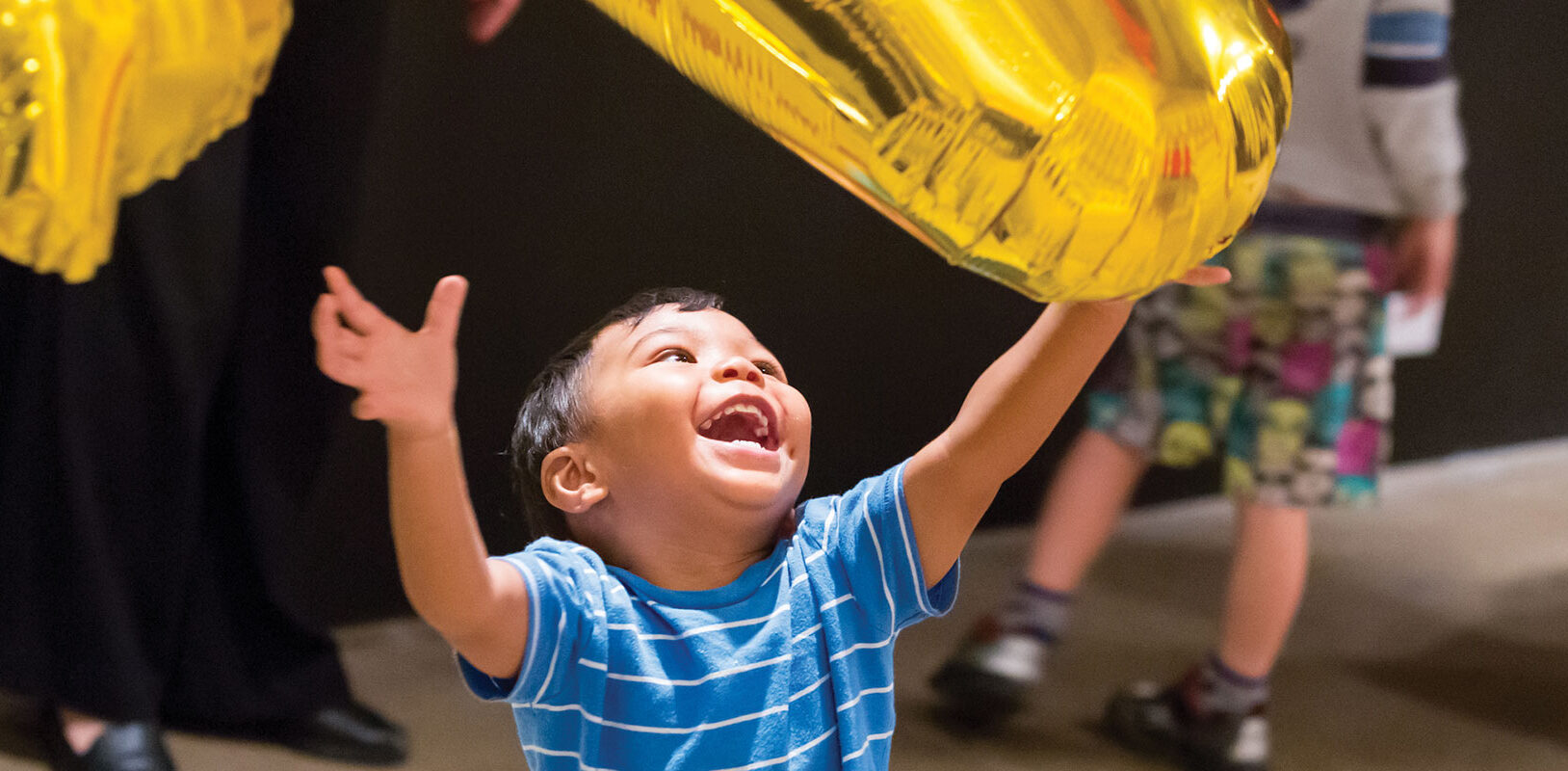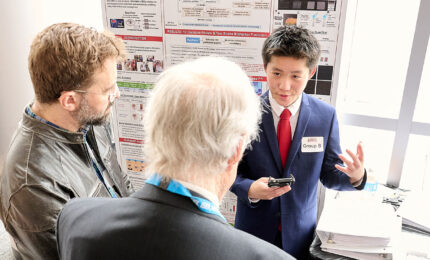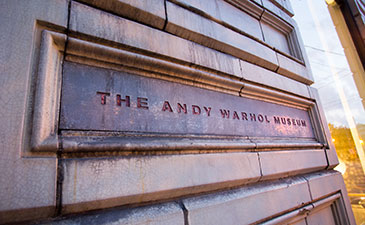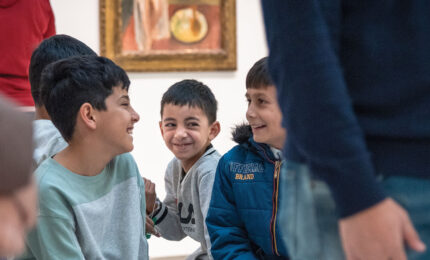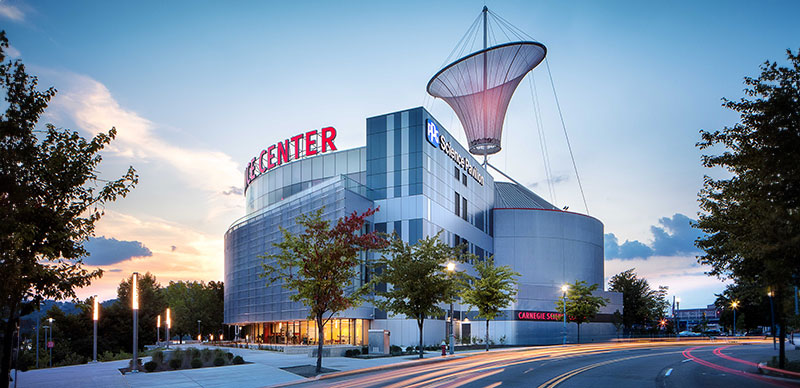Giving Forward
Who: Peter and Kristina Gerszten
What They support: The Andy Warhol Museum
Why it matters:
“We feel like when we go to The Warhol that we’re part of The Warhol. It’s not like we’re going to a stranger’s house, but we’re going to visit our own family.” –Peter Gerszten
There’s a concept in Judaism called “tikkun olam” that has long resonated with Kristina and Peter Gerszten.
Translated from Hebrew, it means “repairing the world.” One way of doing that is by supporting the institutions that make a place culturally vibrant and rich.
“We very much value the arts and we realize that what’s offered to us in Pittsburgh is only really here because of philanthropy,” says Kristina. “We’ve tried to teach our children that, and we try to practice what we teach.”
Their children, Jacob and Marcella, absorbed those lessons and began acting on them at a young age. When he was 9 years old, Jacob donated his life’s savings—$300—to Carnegie Library of Pittsburgh, and as a high school student Marcella volunteered at The Andy Warhol Museum.
The family has long supported Carnegie Museums of Pittsburgh as members. But they’ve focused their additional philanthropy on The Warhol through the Gerszten Family Fund, which provides unrestricted operating support for the museum. The reason was simple: It was a cherished place for their family and seemed like it could use the help.
“They don’t have all the resources that the main art museum has,” Kristina says. “So we feel like every penny we can give them would be beneficial.”
But the Gersztens also have a deep appreciation for what the museum and its namesake mean to the city of Pittsburgh.
The Warhol is an essential stop for friends or colleagues visiting from out of town. Peter, a professor of neurosurgery at the University of Pittsburgh, recently brought a group of international graduate students to the museum. And the artist’s Pittsburgh roots even came up on a recent conference call with doctors in Australia.
“Pittsburgh is not high on their list of places to visit, but they all know Andy Warhol and said, ‘Oh, yeah, that’s right. He’s from Pittsburgh,’” Peter says. “Andy Warhol is known the world over.”
Visiting and volunteering there was also a formative experience for Jacob and Marcella, who are both adults in their 20s now.
Jacob says The Warhol opened his eyes to the world around him and “played a huge role in helping me grow up in Pittsburgh.”
“From my first memories playing with the balloons on a kindergarten field trip to learning about other artists such as Basquiat, I have always enjoyed a trip to The Warhol, and I try to visit every time I come back to Pittsburgh,” he says.
Marcella describes The Warhol—indeed, all the Carnegie Museums—as her “haven of joy,” which continues to ignite her imagination.
“Here, memories twirl with art, and love grows with every visit,” she says.
Their childhood experiences counter a misconception that Kristina says many people seem to have about The Warhol—that it’s not a place for young kids. But The Warhol has an impressive slate of youth programming—like printmaking workshops, the basement “Factory” arts area, interactive exhibits—that often gets overlooked.
“It doesn’t have the association of being a kid-friendly museum,” she says. “But they have done an outstanding job of making it really very family-friendly.”
The Gersztens are also impressed by how The Warhol’s Pop District initiative is taking an innovative approach to engaging with the community. Its youth-focused workforce development program, public art initiative, and newly launched digital marketing diploma program demonstrate how the museum is finding new ways of engaging with and developing the next generation of community leaders.
Kristina points out that Pittsburgh is a city that has benefited from the largess of philanthropists like Andrew Carnegie, Henry Phipps Jr., and Richard King Mellon, names carved into cultural institutions around the city. But economic volatility during the financial crisis 15 years ago and, more recently, the COVID-19 lockdowns convinced museums that they needed to complement philanthropic support with other sources of revenue. And so initiatives being pioneered at The Warhol that help museums evolve their relationship with surrounding communities and develop other systems of support are essential.
“I think The Warhol expanding out into the community like that and engaging even more people is only a good thing,” Kristina says.
Individual donations will remain a critical source of support, and the Gersztens insist that they will continue to give. More than just feeling like it is their responsibility, their contributions to The Warhol deepen their relationship with the museum.
“It just makes it a little bit more special,” Peter says. “We feel like when we go to The Warhol that we’re part of The Warhol. It’s not like we’re going to a stranger’s house, but we’re going to visit our own family.”
